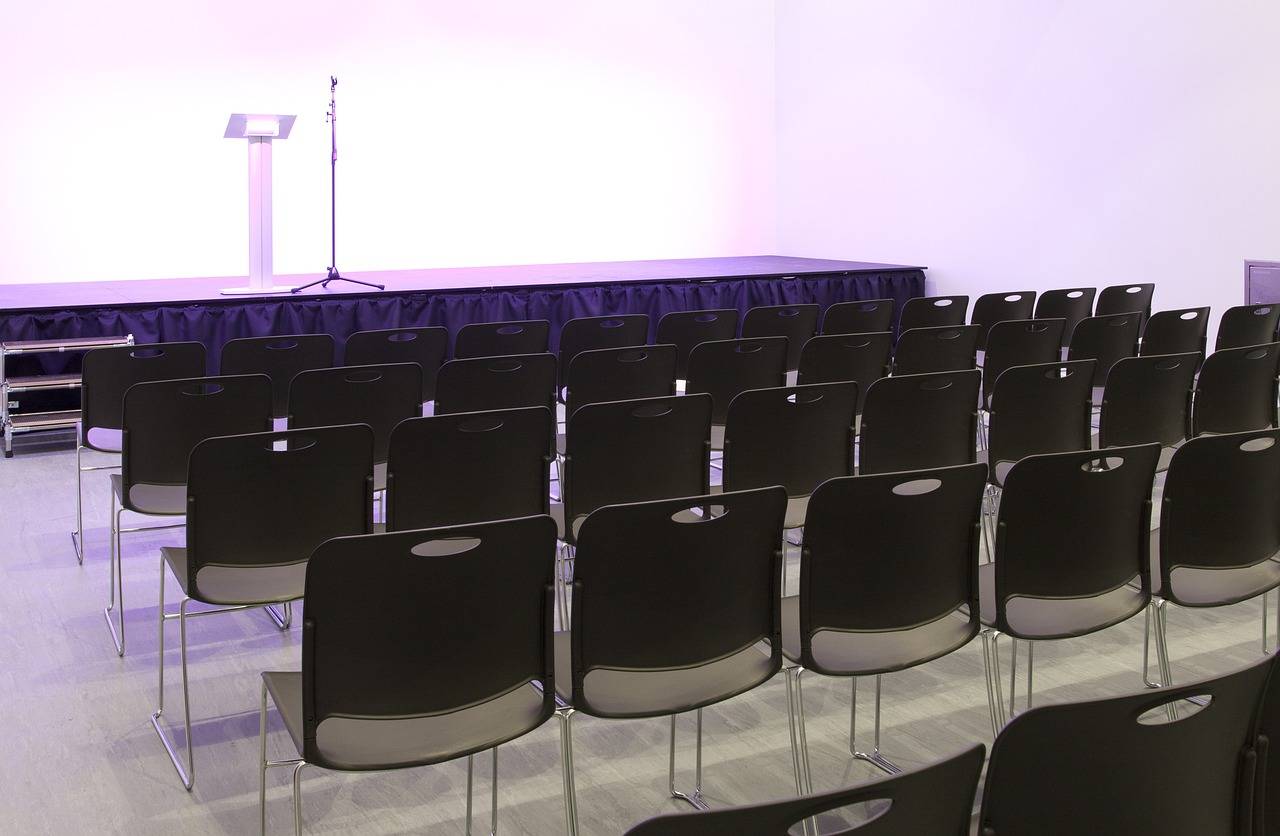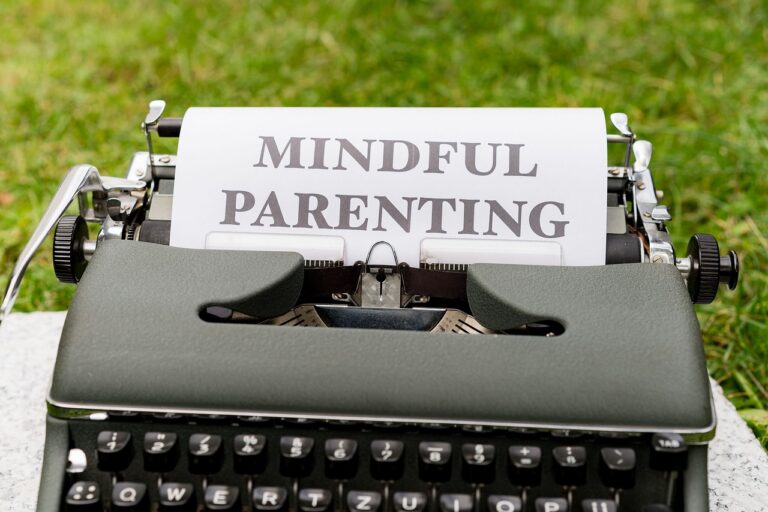The Rise of Peer-to-Peer Learning Communities
Peer-to-peer learning communities offer a diverse range of perspectives and experiences, creating a rich learning environment where individuals can learn from each other’s unique insights and knowledge. By fostering collaboration and interaction among peers, these communities promote deeper understanding of subjects and encourage critical thinking skills to flourish.
Furthermore, peer-to-peer learning communities help to build a strong sense of community and support among participants. The collaborative nature of these communities promotes a culture of sharing and mutual assistance, where individuals feel empowered to ask questions, seek advice, and offer guidance to one another. This network of support creates a positive and encouraging environment that motivates members to engage actively in their learning journey.
How Peer-to-Peer Learning Communities Work
Peer-to-peer learning communities operate on the principle of shared knowledge and collaboration among individuals with similar interests or goals. Participants engage in discussions, share resources, and provide feedback to one another, creating a dynamic exchange of information and ideas. These communities often utilize online platforms to facilitate communication and interaction, allowing members to connect and learn from each other regardless of geographical location.
In peer-to-peer learning communities, members take on active roles both as learners and as contributors. Through peer-to-peer interactions, participants not only receive information but also have the opportunity to offer their expertise and insights to others. This reciprocal exchange fosters a sense of community and mutual support, enabling individuals to learn from each other’s experiences and perspectives in a collaborative and engaging environment.
What are some benefits of participating in a peer-to-peer learning community?
Some benefits include gaining different perspectives, receiving support and feedback from peers, building a sense of community, and expanding your knowledge and skills.
How do peer-to-peer learning communities work?
Peer-to-peer learning communities typically involve a group of individuals coming together to share knowledge, skills, and experiences with each other. This can be done through in-person meetings, online forums, virtual workshops, or any other platform where members can interact and learn from each other.
How can I find a peer-to-peer learning community to join?
You can search for existing communities online, through social media, or by asking around in your network. You can also consider starting your own community with like-minded individuals who share a common interest or goal.
What is the role of a facilitator in a peer-to-peer learning community?
A facilitator in a peer-to-peer learning community helps to guide discussions, organize activities, and ensure that everyone has a chance to participate and learn. They may also provide resources, support, and feedback to help members achieve their learning goals.





